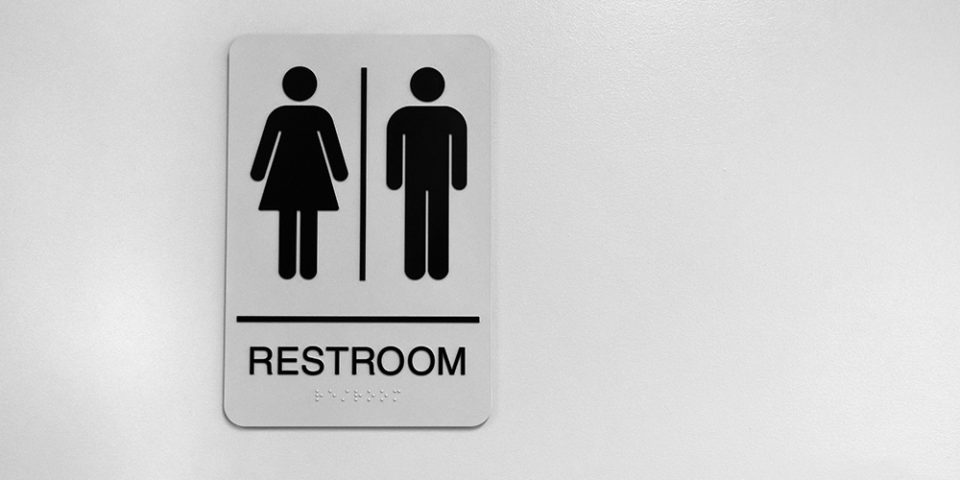5 tips to help you overcome an overactive bladder
If you find yourself on the constant lookout for a bathroom, you’re not alone. One in six adults suffers from an overactive bladder (OAB), meaning they have to urinate more than eight times a day or feel that delaying urination may result in a leak.
Urologist Jessica Rueb, MD, said living with this condition can impact your emotional and social well-being, causing a lack of confidence, feelings of depression, avoidance of intimacy and avoidance of social activities where a bathroom may not be readily accessible. She shared options for treating an overactive bladder and taking back control.
What can cause an overactive bladder?
An overactive bladder can often have no known cause. Temporary OAB may be triggered by a urinary tract infection or a kidney stone. Long lasting symptoms of OAB are associated with many medical conditions including:
- Prior pelvic surgery
- Pelvic organ prolapse
- Diabetes
- Polydipsia (excessive thirst)
- Neurologic conditions (stroke, Parkinson’s disease, multiple sclerosis, spinal cord injury)
- Obesity
- Prostate enlargement
- Chronic constipation
- Pelvic cancer
- Pelvic radiation
What are some ways to manage an overactive bladder?
Dr. Rueb shared five habits to help you with bladder control.
- Aim to empty your bladder every 3–4 hours while you are awake. Holding your urine can lead to over stretching the bladder and result in urgency, urge incontinence or trouble emptying your bladder later in life.
- Teach your bladder that you are in control, not your bladder urges. Individuals with OAB have often adopted unhealthy bladder habits to try to prevent leakage. They often urinate at every restroom they see “just in case” or will urinate with every urge. The bladder becomes accustomed to these bad habits and starts getting an urge at smaller and smaller volumes, behaving much like an infant bladder. In this case, you will have to retrain your bladder by suppressing urges using pelvic muscle contraction, distracting yourself during bladder urges, not urinating until after an urge has passed and using these techniques to slowly increase the time between urinating until you can wait 2–4 hours. A urologist or a pelvic floor physical therapist can help you with this process if it seems overwhelming.
- Decrease the bladder irritants in your life. The most powerful bladder irritants are caffeine and alcohol. Caffeinated drinks include coffee, tea and sodas. An overactive bladder will be significantly harder to control for the next several hours after drinking these fluids. Your goal should be to drink fewer than two cups of bladder irritants a day.
- Aim for 6–8 eight ounce glasses of fluid daily. Unless you have a medical condition that requires you to drink more fluids, such as kidney stones or recurrent urinary tract infections, 6–8 glasses of fluid is appropriate for most adults. Overactive bladders are worsened with high volume intake or drinking fluid quickly. Remember, what goes in must come out. So instead sip on fluid, preferably water, throughout the day with a goal of 48–64 ounces total.
- Stop smoking. There is strong association between OAB and smoking. Not to mention, smoking is the leading risk factor for developing bladder cancer. Smoking is bad for your overall health and your bladder health.
When is it appropriate to see a doctor about an overactive bladder?
If you try these strategies on your own and continue to feel that your bladder is ruling your life, talk to your doctor. There are medications that can help relax the bladder allowing you time to fill your bladder up before needing to urinate. If medications don’t work, there are also advanced therapies such as Botox in the bladder or therapy directed at the bladder nerves.
Through your own healthy habits, medication or therapies, we can help you take back control of your bladder. “Just because an overactive bladder is common with older age does not mean you have to accept it as a normal part of your life,” said Dr. Rueb.
Find a doctor
Whether you’re looking for a primary care physician or need to see a specialist, we’re here to help with experienced, compassionate care near you.
Find a Doctor

